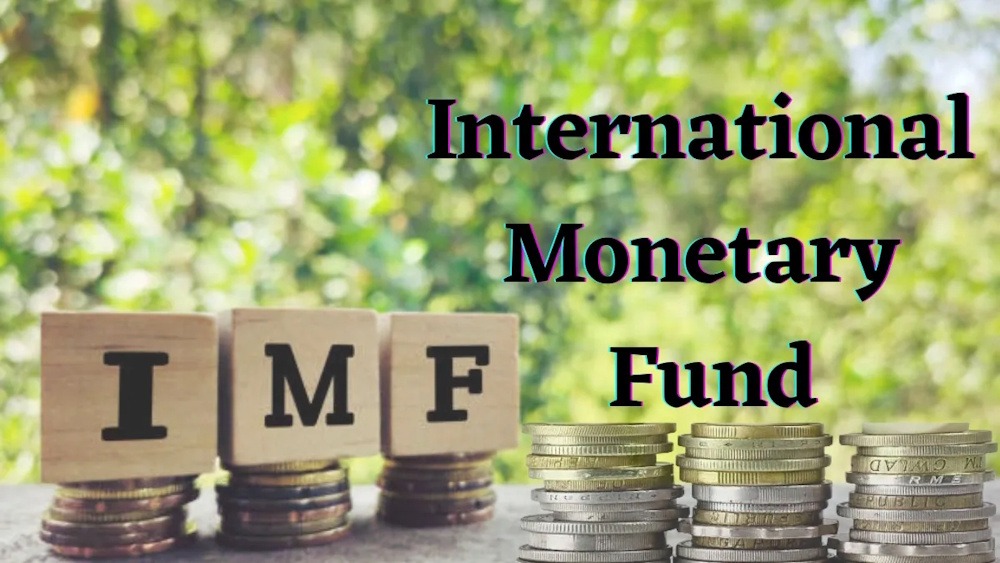The economic outlook for Argentina is generating divergent views among prominent institutions. The International Monetary Fund maintains its growth forecast for 2025, in contrast to the World Bank, Organisation for Economic Cooperation and Development, and private analysts, who have revised theirs downward. The IMF has maintained its forecast of 5.5 percent growth for 2025, commending President Javier Milei’s extensive fiscal reforms. The Fund emphasized the significance of enhanced exchange rate stability, fiscal tightening, and declining inflation as favorable indicators. However, analysts warn that the sustainability of the recovery will hinge on the equilibrium between reforms and social cohesion. The World Bank has revised its growth forecast for Argentina to 4.6 percent for the upcoming year, a decrease from the earlier projection of 5.5 percent, citing “deep challenges.”
In a recently published report, the multilateral institution still forecast that Argentina remains the country in the region with the highest projected growth. “Argentina continues to experience a remarkable economic rebound after two consecutive years of contraction, although deep challenges persist,” the report stated. It also commended Argentina’s fiscal discipline – a characteristic that sets it apart from the rest of the region. “The country has recently made significant progress toward fiscal consolidation, achieving budget surpluses,” the World Bank noted. The OECD has lowered its forecast to 4.3 percent and raised its inflation outlook to nearly 40 percent, citing persistent financial instability. In the outlook for 2026, the OECD anticipates a sustained recovery, forecasting GDP growth at 4.3 percent while inflation is expected to decelerate to 16.5 percent.
Survey indicated a contraction of 0.6 percent in the third quarter and forecasted a deceleration in the expansion rate for the upcoming year. Analysts anticipate a 0.5 percent recovery in the fourth quarter of 2025. On average, projections indicate that real GDP in 2025 will be 3.9 percent higher than in 2024, reflecting a downward revision of 0.5 points from earlier estimates. Recent data indicate a comparable level of caution. A report by the firm, which consolidates forecasts from both local and international consultancies, projects a GDP increase of 4.4 percent in 2025, with inflation expected to conclude the year at 42.1 percent. Price hikes are anticipated to decelerate to 23.6 percent by 2026, contingent upon the maintenance of fiscal restraint. However, it cautions that the recent depreciation of the peso may hinder the disinflation process.
The peso was valued at 1,424 per dollar on October 3 within the framework of the Central Bank’s managed-float system, with projections indicating it may rise to 1,496 by December 2025. Market rates have experienced a significant increase, as bank deposit yields rose from 32 percent in June to 58 percent in August, reflecting heightened investor concerns. Even with reduced projections, analysts continue to identify Argentina as one of the fastest-growing economies in Latin America for 2025 and 2026, supported by deregulation and the relaxation of import restrictions. However, the report warned that this scenario may alter if Milei’s coalition experiences a decline in the midterm legislative elections. The IMF supports Argentina’s growth projections while other institutions revise their forecasts downward.

